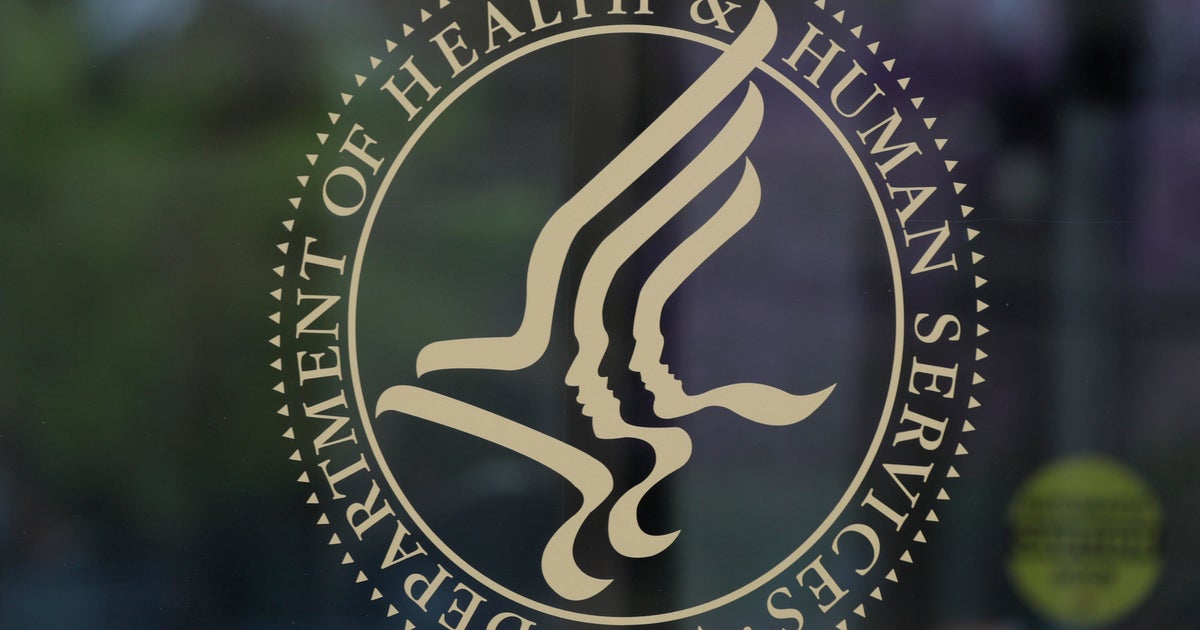Current treatments to prevent organ transplant rejection focus mainly on suppressing T cells, part of the adaptive immune system. However, the innate immune system -- the body's first line of defense that triggers early inflammation after transplantation -- has largely remained untargeted by modern therapies.
In a new study, researchers from Mass General Brigham identified a natural "brake" within the innate immune system: the inhibitory receptor Siglec-E (SigE) and its human counterparts, Siglec-7 and Siglec-9. This receptor helps prevent overactivation of immune cells that drive rejection. When this brake is missing, inflammation worsens, leading to faster rejection in preclinical models. Importantly, transplant patients with higher levels of Siglec-7 and Siglec-9 showed better graft survival, highlighting this pathway as a promising target for new therapies. Results are published in Science Translational Medicine.
"For decades, we've focused almost exclusively on controlling T cells to prevent rejection," said Leonardo Riella, MD, PhD, medical director of Kidney Transplantation at Massachusetts General Hospital (MGH), a founding member of the Mass General Brigham healthcare system. Riella is also the Harold and Ellen Danser Endowed Chair in Transplantation at Harvard Medical School. "Our research shows that the innate immune system plays a pivotal role. By harnessing natural inhibitory pathways like Siglec-E, we can develop safer, more precise therapies that protect transplanted organs without compromising overall immune health."
To conduct their studies, the researchers, led by first author Thiago J. Borges, PhD, of the Center for Transplantation Sciences at MGH, used mouse models of heart, kidney, and skin transplantation to study the roles of SigE, the murine equivalent of Siglec-7 and Siglec-9. Recipients deficient in SigE had accelerated acute rejection and increased inflammation. The researchers also looked at the levels of the receptors in samples from human transplant biopsies, finding that higher levels of the receptors were associated with improved allograft survival, suggesting that the findings in mice will be translatable to organ transplants in humans.
"This discovery paves the way for next-generation treatments that address both arms of the immune system, offering hope for longer-lasting transplant success and reducing the need for lifelong immunosuppression," said Riella.






 English (US) ·
English (US) ·